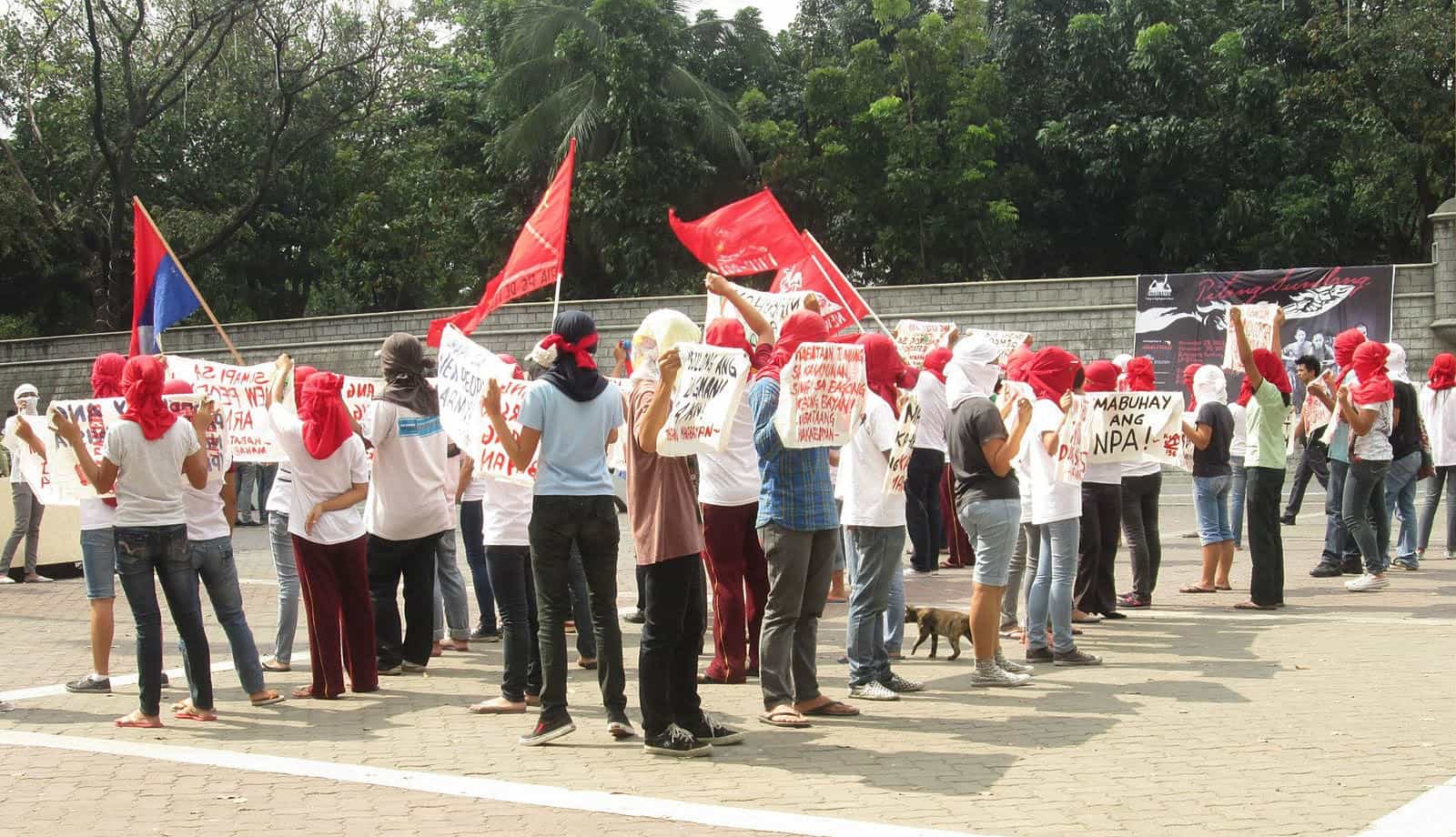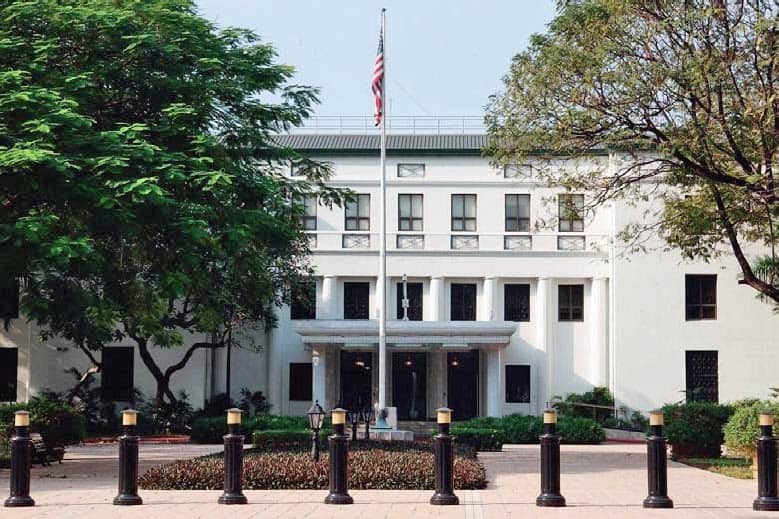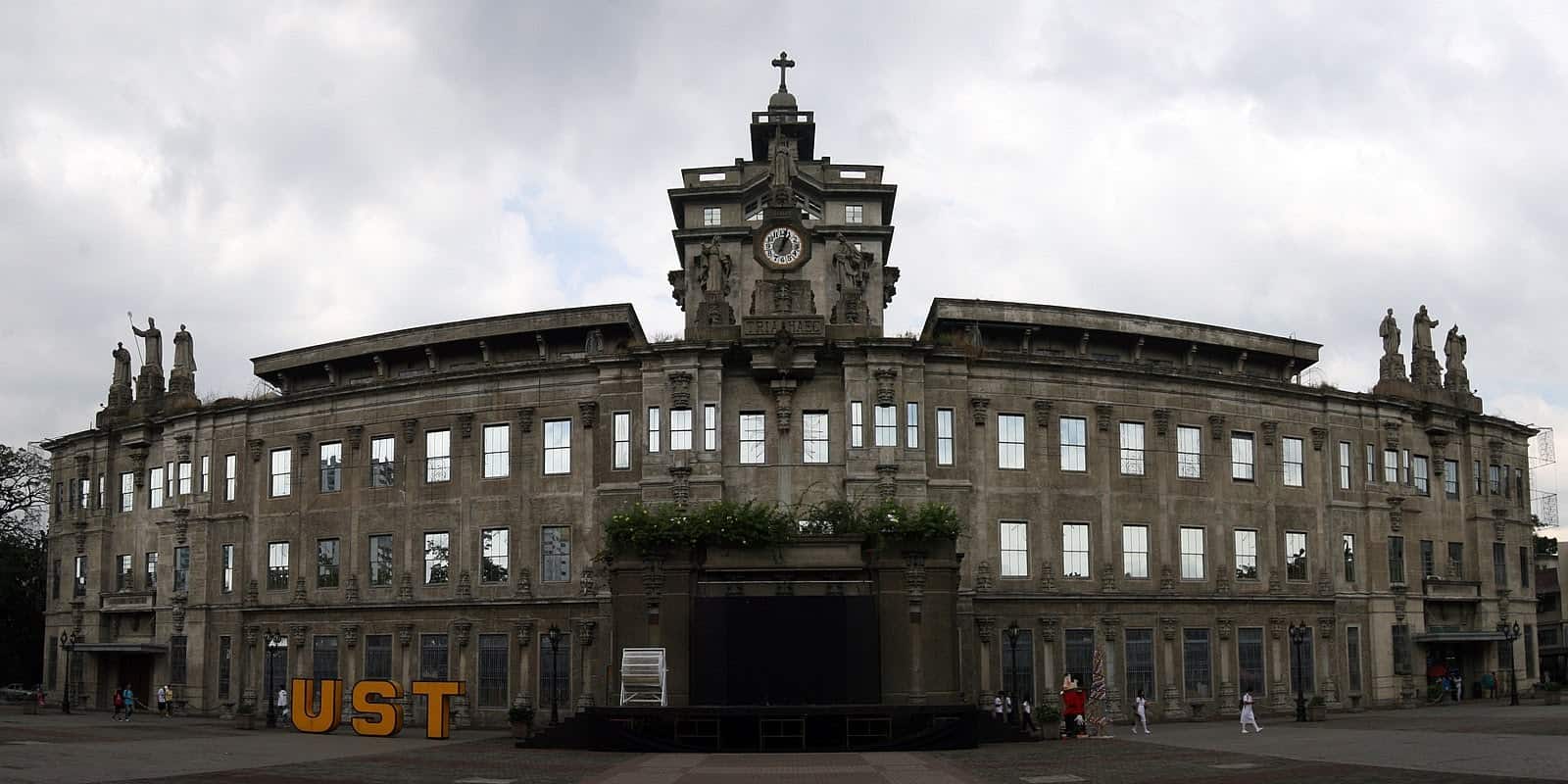Robert H. Stern’s life as a Foreign Service Officer (FSO) took him in many different directions all across the globe. He served in the Philippines at the end of the 1960s, when tensions in the region between Americans and native Asians were escalating due to the war in Vietnam.
As an FSO responsible for issuing visas for immigrants to the United States, Stern had a unique perspective because, while he felt the tensions as an American, he also had throngs of people waiting for miles outside his office to get visas to immigrate to the United States. In this “moment” in U.S. diplomatic history, Stern describes how he leveraged the circumstances surrounding his diplomatic service to carry out his duties more effectively.
During the late 1960s, legislation setting immigration quotas by country, known as the National Origins Act, was changed to allow more people from countries like the Philippines to immigrate to the United States. This was around the time that Stern began his service in the consular section at the U.S. Embassy in Manila. Stern’s FSO experience changed dramatically when he assumed the duties of the Non-Immigrant Visa Chief. He suddenly had to deal with thousands of applicants, including many fraudulent cases, that quickly flooded the embassy. Stern’s tour in Manila also coincided with heightened tensions resulting from the Vietnam War and from the fact that most Filipinos did not see American involvement in the war as just. Stern’s position at the embassy gave him a front row seat to witness how U.S. policy and activity in Vietnam was received in Asia.
Stern also skillfully applied his experience as a student to better inform his work. During his time in Manila, he was enrolled in night classes at the University of Santo Tomas. He recalls talking with and even arguing with his classmates (who were all Filipinos who participated in the resistance movements), taking notes on the issues, and bringing them to the embassy. As a self-described “youth reporter” for the embassy, Stern helped to convey to his colleagues at the embassy and in Washington the perspective of young Filipino protesters at a time when the embassy faced animosity from a large number of Filipino people. He would report these observations in “memcoms” (memorandums of conversation) he wrote while serving in Manila.
Robert H. Stern’s interview was conducted by David Reuther on April 8, 2015.
Read Robert H. Stern’s full oral history HERE.
Drafted by Charles Gfeller
ADST relies on the generous support of our members and readers like you. Please support our efforts to continue capturing, preserving, and sharing the experiences of America’s diplomats.
Excerpts:
“Applicants Poured in from Everywhere”
A Change in Immigration Laws: Yes. Well, the — because under the 1923 law quotas for non-Western Europeans were 250 a year per country. It was very, very much a segregated quota. If you came from eastern or southern Europe, Italy, Greece, it was 250 a year. If you came from England, Germany, Scandinavia, France, thousands upon thousands. But the rest of the world was pretty much shut out — we had pretty much a closed-door policy. It was called the National Origins Act. But then when the law changed in 1968, which gave 25,000 to everybody, applicants poured in from everywhere. So the Immigrant Visa Section in Manila had been very small, because other than dealing with GI brides from our bases and the 250, it was no big deal. But I didn’t have any idea what my job was, just that I was going to be in the Consular Section.
So I went over and met the consul general and he said, “OK Bob, you’re going to be the chief of the Non-Immigrant Visa Section.” I had just made FSO-6. So OK. Well, the Non-Immigrant Visa Section it turned out was me and two even more junior officers. And we were handling a cast of thousands. I mean they were coming in in unbelievable numbers, 98% of them fraudulent.
“I would go to the student union and buy beer for everybody.”

Raising Filipino Voices: And this was a time when the student demonstrations coming out of the university belt were pretty virulent against Marcos, against the Vietnam War, against the embassy. But Filipinos have the wonderful ability to separate the individual from the institution. Even though everybody knew I was an officer of the embassy, there was no question about that. I was Bob, a classmate. And they wouldn’t think of treating me any differently than any other classmate. So between classes I would go to the student union and buy beer for everybody. At a time when a San Miguel went for a dime, it wasn’t hard. And I listened to all the student leaders tell me all their problems and what they wound up doing and whatnot. So I was doing most of the youth reporting for the embassy. Because these were my classmates who were leading all the resistance groups. And we’d sit there and we’d argue and whatnot, and they’d tell me everything. And as soon as I’d get home I’d write it all down. And the next day I’d do a memcon (memorandum of conversation).
Table of Contents Highlights:
Entered the Foreign Service: 1966
San Jose, Costa Rica—Junior Office Rotation Assignment: 1967–1968
Manila, the Philippines—Chief, Non-Immigrant Section: 1968–1970
Hong Kong—Commercial Section Chief: 1976–1978


